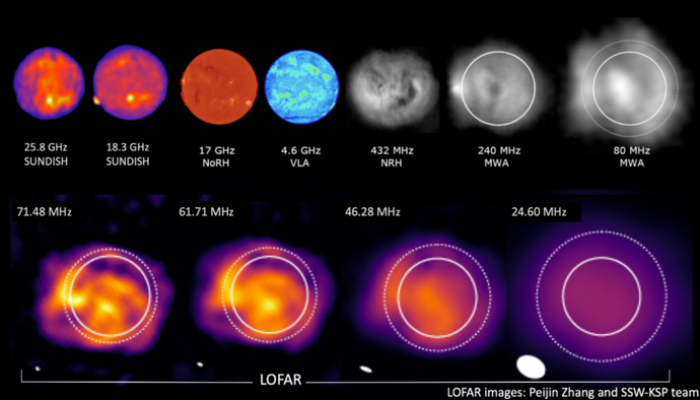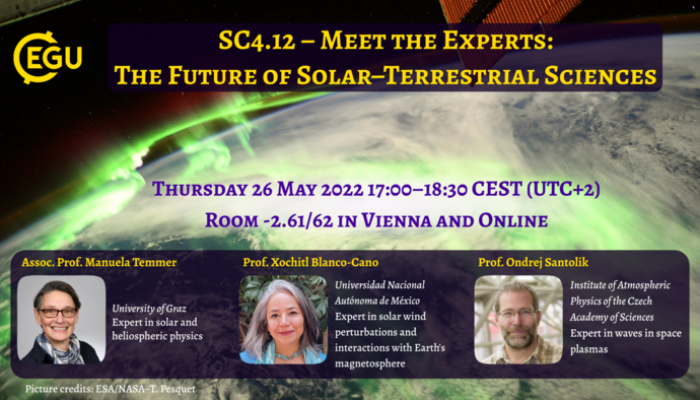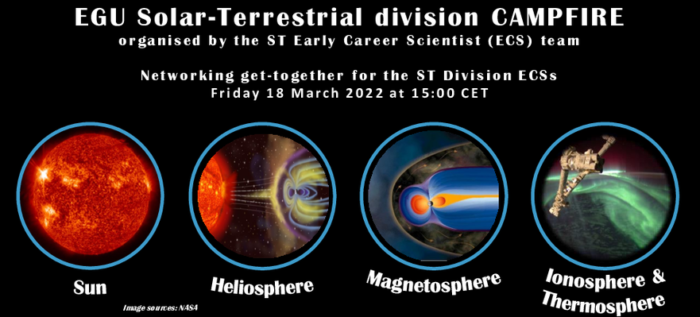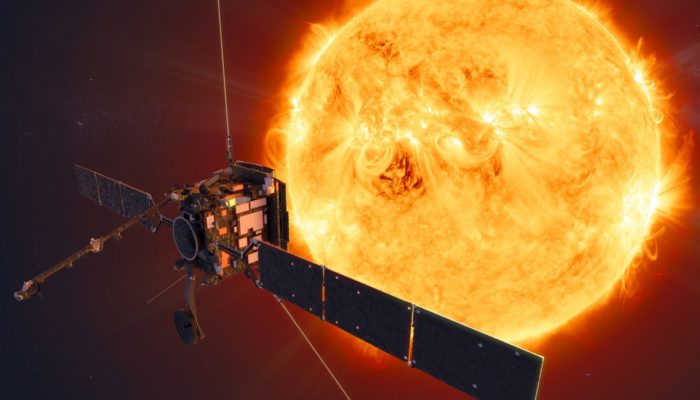The Sun is an active radio emitter, it produces radio emissions in a wide frequency range from kHz to THz. The solar atmosphere has a complex distribution of magnetic field, plasma density, and temperature. These different properties of the solar atmosphere will result in different radio emission features at different frequencies. In principle, the plasma density decreases with the heliocentric di ...[Read More]
Initiation and Heliospheric Evolution of a stealthy solar eruption
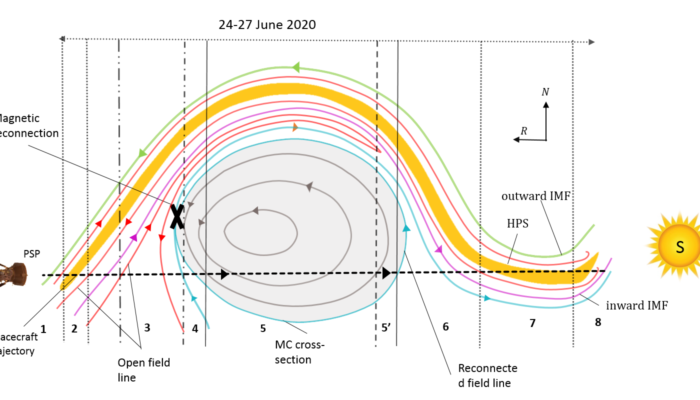
In the early 1970s, when Coronal mass ejections (CMEs), massive eruptions of magnetized solar plasma into interplanetary space, were first discovered, they were assumed to be always associated with the energetic solar phenomenon like solar flares, prominences, etc. With improved coronagraphic and multi-wavelength observational instruments, a class of CMEs emerging from the streamers was found and ...[Read More]
Events organised by the ST ECS Team during EGU22
Not long until we all gather again virtually or in-person for the EGU 2022 General Assembly, and the Solar-Terrestrial physics (ST) Division’s Early-Career Scientists (ECS) Team is organising several events, which you might want to add to your personal programme! SC4.12 – Meet the Experts: The Future of Solar–Terrestrial Sciences Thursday, 26 May, 17:00–18:00 CEST (UTC+2)Hybrid format: room -2.61 ...[Read More]
ST-ECS networking campfire event
The EGU Solar–Terrestrial physics (ST) division’s early-career scientist (ECS) team is organising a so-called Campfire event to gather the community together before EGU22 and promote networking among ST-ECSs. The event will be held on Zoom and will take place on Friday 18 March 2022 at 15:00 CET, for a duration of one hour. We will make use of breakout rooms to facilitate discussions in smaller gr ...[Read More]
First year of Energetic Particle Measurements with EPD aboard Solar Orbiter
One year ago, the Energetic Particle Detector (EPD) aboard the European Space Agency’s (ESA’s) Sun observing spacecraft Solar Orbiter (SolO) was launched starting a long-awaited journey. SolO (Figure 1) will provide both in-situ and remote sensing measurements in the inner Heliosphere and EPD will contribute particularly to the latter ones. EPD consists of four sensors that share the s ...[Read More]
Meet the Experts: The future of solar terrestrial research
Every year at the EGU General Assembly renowned experts from the field of Solar-Terrestrial research get together to give inspirational talks and to meet with early career scientists. This year’s “Meet the Experts” session is focusing on the future of solar terrestrial research. To think of the future, we first have a look at the past, and more precisely on the knowledge acquired with over half a ...[Read More]
So… Who Cares about Switchbacks?
Explaining the Mysterious Plethora of Short Magnetic Field Reversals Observed by Parker Solar Probe and their Relation to the Origin of Solar Wind. In Switchbacks Explained: Super-Parker Fields – the Other Side of the Sub-Parker Spiral, N. A. Schwadron and D. J. McComas provide a simple geometric explanation for the source of “switchbacks” and associated large and one-sided transverse flows in the ...[Read More]
Tips on engaging outside of your echo chamber
In my previous blog, I highlighted that public engagement needs to go beyond traditional approaches such as lectures, since these tend to only attract audiences who are already highly interested in science. However, our science is relevant to (and funded by) everyone, so we have a duty to engage beyond simply this “scientific echo chamber”. But how do you even approach attempting this? It seems li ...[Read More]
Filmmakers get creative with the sounds of satellite data
One of the major motivations behind research into solar-terrestrial physics is the potential consequences of space weather on our technologically dependent society. Given this risk, recognised by many governments around the world, it is a little concerning that a sizable fraction of the public have never even heard of the term “space weather” – for example a recent public dialogue in the UK showed ...[Read More]
New auroral dunes discovered through citizen science
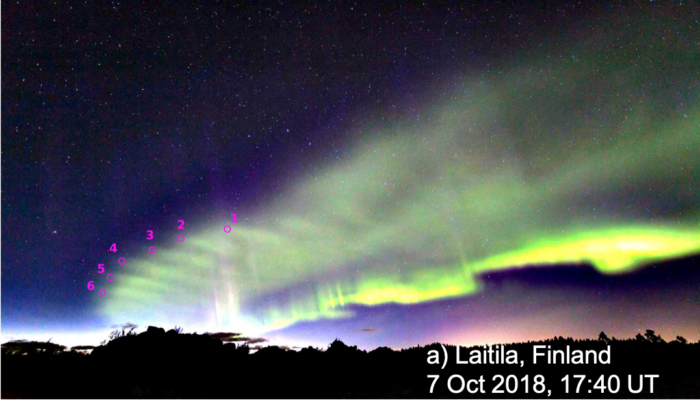
The region of the Earth’s atmosphere lying at altitudes between about 80 and 120 km, corresponding to the mesosphere–lower thermosphere–ionosphere (MLTI), is often referred to as the “ignorosphere”, because its observation is so challenging that only a handful of measurements of its composition, temperature and other physical parameters have been obtained over the last few decades. It is, however, ...[Read More]

